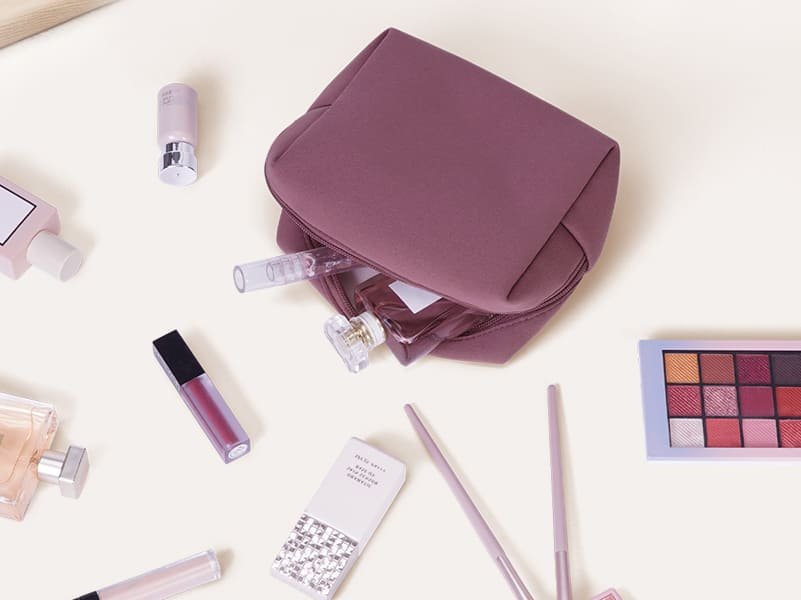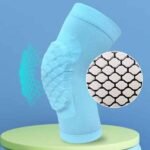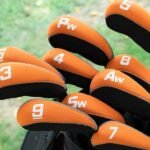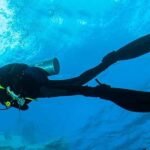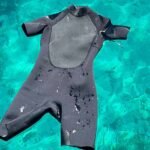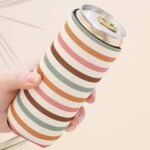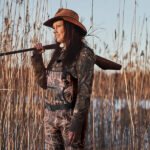China’s manufacturing prowess is legendary—but is private labeling neoprene bags there still the smartest move for today’s brands? Even with rising labor rates and shifting trade winds, savvy buyers keep returning to Chinese factories. Why? Let’s unpack the real advantages of private label neoprene bag production in China.
Private label neoprene bag production in China lets brands tap into massive scale, deep supply chains, and razor‑thin material margins—while ensuring quality from first sample to final shipment. With prototyping in 7–10 days, defect rates under 1%, and time‑to‑market savings up to 30%, China remains a top choice for custom neoprene goods.
Imagine launching your signature neoprene tote next quarter and receiving showroom‑ready samples in just two weeks—no airport delays, no painful back‑and‑forth emails, just smooth collaboration from idea to inventory. Ready? Let’s dive in.
What Is Private Label Neoprene Bag Production and How Does It Work?
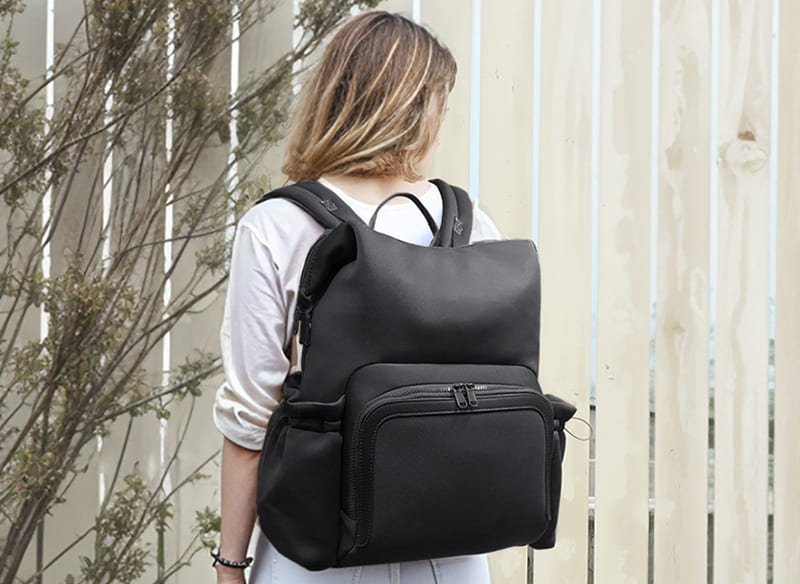
Partnering with a Chinese factory, you supply your specs—logo, color, function—and they handle R&D, sampling, production, QC, packaging, and shipping.
End‑to‑End Workflow
- Concept & Design
- You send sketches, Pantone® color codes, and functional requirements.
- Factory R&D refines feasibility, suggests improvements.
- Material Sourcing
-
Neoprene sheets (1–5 mm): Thickness Density (kg/m³) Cost (USD/m) 1 mm 200 \$3.00 3 mm 225 \$4.50 5 mm 240 \$5.50 - ECO options: recycled neoprene at 10% premium, same strength.
-
- Rapid Prototyping (7–10 days)
- Laser cutting ±0.1 mm accuracy.
- CNC welding for seams—waterproof up to 0.3 MPa pressure.
- Pre‑Production Run
- 100–500 units to test fit, color, hardware.
- Inline checks: 8 stitches/inch, seam tensile ≥80 N.
- Mass Production
- Automated cutting: 1,000 pieces/day per line.
- Sewing lines: 200 units/shift with defect rates <1%.
- Quality Inspection
- AQL 2.5: major defects <2.5%, minor <4.0%.
- Third‑party SGS or Intertek audits upon request.
- Packaging & Labelling
- Custom polybags or rigid boxes with foil stamping.
- Hang tags, barcodes, RFID as needed.
- Logistics & Delivery
- FOB Shanghai/Ningbo/shenzhen; CIF to your port.
- Sea freight: 20–35 days; air: 5–7 days; rail to Europe: 15–20 days.
| Key Roles & Responsibilities | Party | Role |
|---|---|---|
| Brand Owner | Artwork, approvals, delivery schedules | |
| Factory R&D | Material testing, cost optimization | |
| Production Manager | Line balance, output targets | |
| QC Inspectors | Inline & final AQL checks |
Why Are Chinese Manufacturers Leading the Neoprene Bag Industry?

Over 60% of custom neoprene bags worldwide are made in China—thanks to industrial clusters, integrated supply chains, and tech‑driven factories.
What Are the Positives of Manufacturing in China?
-
Economies of Scale
- 500+ neoprene‑focused factories in Guangdong & Zhejiang.
- Unit costs 20–30% lower vs. smaller production hubs.
-
Vertical Integration
- Polymer plants, dye houses, & accessory suppliers within 50 km.
- Just‑in‑time raw‑material deliveries—lead times cut from 30 to 5 days.
-
Skilled Workforce
- 200,000+ technicians trained in welding, laminating, printing.
- Defect per unit (DPU) drops from 0.10 to 0.01 through Kaizen.
-
Tech Adoption
- IoT‑enabled presses adjust pressure in real time; seam variance <0.2 mm.
- Automated vision systems reject 99% of faulty parts before QC.
-
Government Support
- Export rebates (up to 13%) and bonded‑zone benefits.
- Streamlined customs clearance lowers dwell time by 40%.
-
Cost Structure Comparison Component China (%) Vietnam (%) E. Europe (%) Labor 35 25 40 Neoprene Sheets 25 30 20 Overhead 15 20 15 Transport 10 15 15 Profit Margin 15 10 10 -
Innovation & R&D
- Recycled neoprene formulas matching tensile >500 psi.
- Functional coatings (UV, antimicrobial) extend product life by 20%.
-
Risk Mitigation
- Dual‑sourcing between mainland and Taiwan factories.
- Blind audits by SGS ensure unbiased quality verification.
What Cost Advantages Do You Gain by Private Labeling in China?
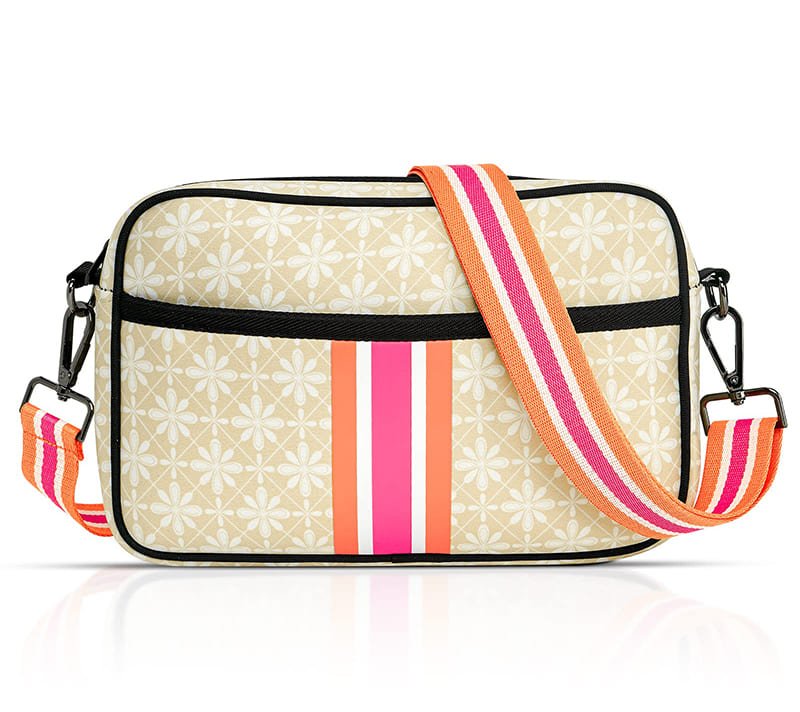
Bulk orders unlock tiered discounts (5–20%), raw neoprene margins under \$5/m, and labor rates of \$4–6/hr, delivering total unit costs 60% lower than Western in‑house production.
-
Volume Discounts Qty Range Discount 100–500 5% 501–2,000 12% 2,001+ 20% -
Landed Cost Breakdown Cost Element China Sourcing US In‑House Material \$2.50 \$6.00 Labor & Overhead \$1.80 \$8.00 Packaging \$0.50 \$1.50 Shipping & Duties \$1.20 \$0.80 Total Unit Cost \$6.00 \$16.30 - Hidden Savings
- Faster Sampling: 7-day vs. 30-day—gain a month of selling season.
- Lower Inventory Carrying: Small, frequent runs reduce tied capital by 40%.
How Do You Ensure Quality Control and Consistency?
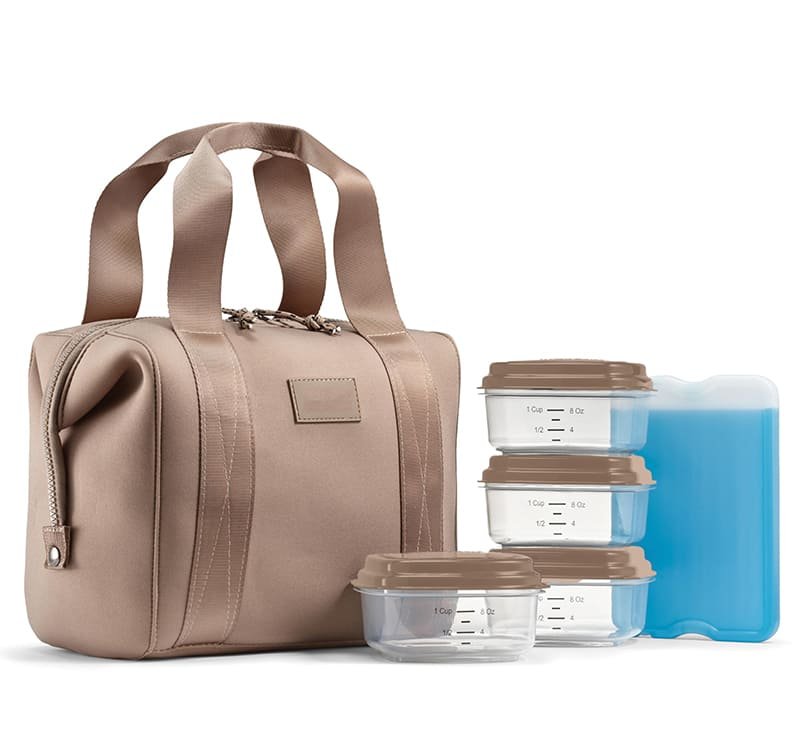
Top‑tier Chinese factories keep defect rates under 1% through AQL 2.5 inspections, inline seam‑strength tests (≥80 N), and final batch audits.
Are Neoprene Bags Durable?
Yes—well‑made neoprene bags endure 10,000+ flex cycles, tensile strength 450–550 psi, and resist UV/humidity aging with >85% strength retention after 200 hr testing.
-
Inspection Protocols Stage Test Threshold Raw Material Density & Thickness ±0.2 mm, 220–250 kg/m³ Inline Audit Seam Uniformity ≥8 stitches/inch, 80 N tensile Final AQL Major & Minor Defect Rates Majors <2.5%, Minors <4.0% - Performance Testing
- ASTM D412: Stretch ≥200% before break.
- UV & Hydrolysis: 200 hr exposure, >85% residual strength.
- Abrasion (Martindale): 1,000 cycles with no visible wear.
- Certifications
- ISO 9001: Process consistency.
- OEKO‑TEX® 100: Harmful‑substance free.
- BSCI/SMETA: Ethical labor practices.
- Continuous Improvement
- Monthly defect dashboards drive DPU from 0.05 to <0.01.
- Quarterly supplier scorecards on delivery, quality, and service.
Which Customization Options Are Available for Private Label Neoprene Bags?

Customize thickness (1–10 mm), colors (Pantone®), prints (sublimation, screen), seams (welded vs. stitched), hardware (YKK®, stainless buckles), and bespoke packaging.
-
Material & Structure Feature Options Thickness 1 mm – 10 mm Cell Type Closed-cell vs. open-cell Edge Finish Welded, binding, laser-cut bevel - Branding & Printing
- Sublimation: full‑color, photographic detail.
- Screen: up to 4 colors, puff & metallic inks.
- Emboss/Deboss: tactile logo impressions.
- Hardware Choices
- Zippers: YKK® water‑resistant, metal/plastic.
- Buckles: plastic injection or stainless steel, load‑rated to 200 kg.
- Accessories: carabiners, D‑rings, handles.
- Packaging & Display
- Polybags: clear, matte, resealable.
- Rigid boxes: spot UV, foil stamping.
- POS displays: counter stands, hang‑tab backers.
How Can You Protect Your Intellectual Property When Sourcing from China?
Use NDAs, Chinese design patents, encrypted file‑shares, and strict contracts with liquidated damages to safeguard your unique designs.
-
Legal Safeguards Tool Purpose NDA Confidentiality with penalties CNIPA Patents Register design & utility patents in China Contract Clauses Liquidated damages for IP breaches - Technical Measures
- Secure platforms (Dropbox Business, WeTransfer Pro).
- Watermarked prototypes & pattern files.
- Factory Vetting
- Background checks on ownership, past disputes.
- Reference audits by third‑party firms.
- Insurance & Recourse
- Trade credit insurance covers supplier default.
- Maintain customs records for export provenance.
What Lead Times and Supply Chain Efficiencies Can You Expect?
Samples in 7–10 days, mass production 3–5 weeks, shipping 1–4 weeks—total from order to dock in 6–8 weeks under FOB terms.
-
Timeline Breakdown Stage Duration Prototyping 7–10 days Pre‑Production 1 week Mass Production 3–5 weeks Packaging & QC 3 days Sea Freight (US) 20–35 days - Inventory Strategies
- Safety stock: 2–4 weeks in bonded warehouse.
- Vendor‑Managed Inventory: auto‑reorder at set thresholds.
- Logistics Modes
- Sea, air, or rail (China–Europe in 15–20 days).
- Consolidation services for multi‑SKU orders.
- ERP & Visibility
- Real‑time API links into your inventory system.
- Weekly production updates and photos.
Are There Sustainable and Eco‑Friendly Neoprene Production Practices in China?
Leading factories offer recycled neoprene, water‑based adhesives, and renewable‑energy plants—cutting carbon footprint by up to 40%.
- Recycled Neoprene
- 30–50% post‑consumer rubber, same tensile >500 psi.
- Certified by Global Recycled Standard (GRS).
-
Green Chemistry Practice Impact Water‑Based Adhesives –90% VOC emissions Closed‑Loop Water –70% water usage - Renewable Energy
- Solar/wind power 30–50% of energy mix; targets 100% by 2028.
- LED & VFD motors reduce electricity use by 20%.
- Social Responsibility
- BSCI‑audited: fair wages, safe working conditions.
- Community projects: reforestation, clean water initiatives.
Ready to Launch Your Private Label Neoprene Bag Line with Szoneier?
At Szoneier, our turnkey services cover design, sampling, manufacturing, quality inspection, and logistics. Benefit from our 18+ years of neoprene expertise, free prototyping, low MOQs, and tailored customization—all at competitive pricing. Let’s turn your neoprene bag concept into reality!

